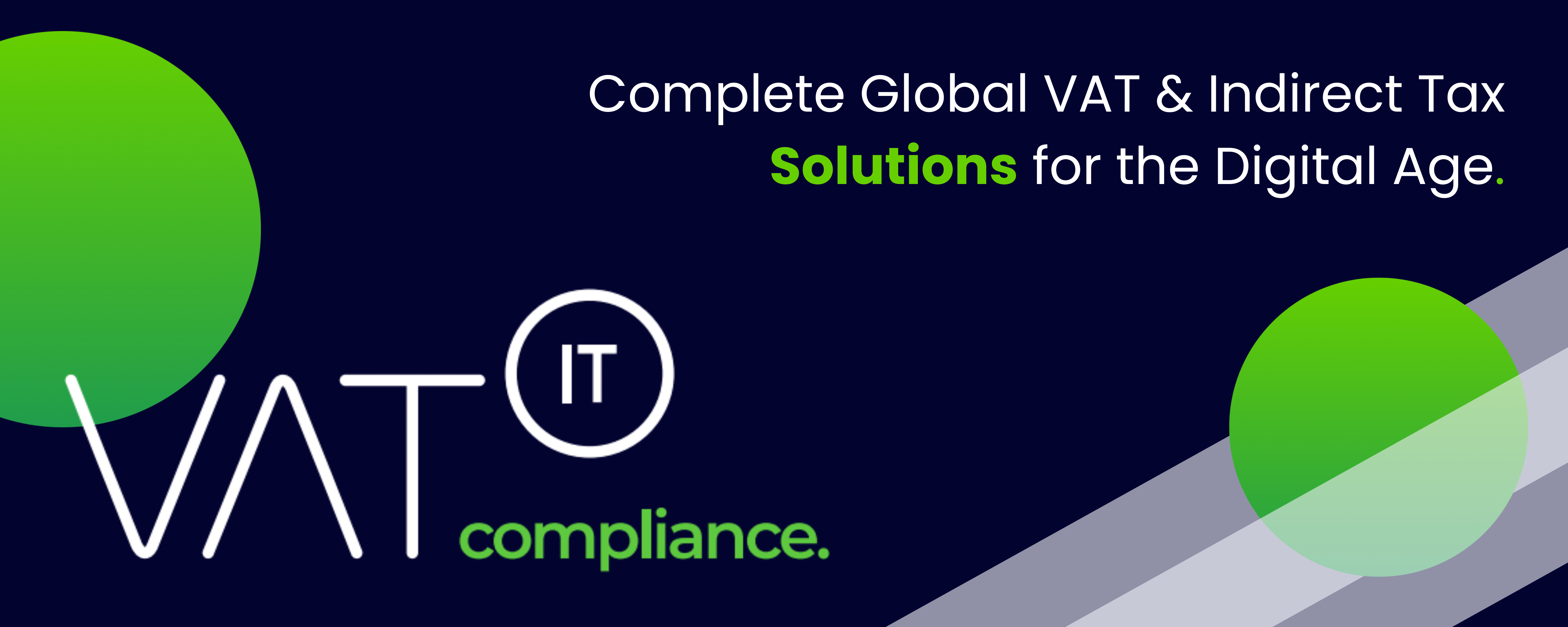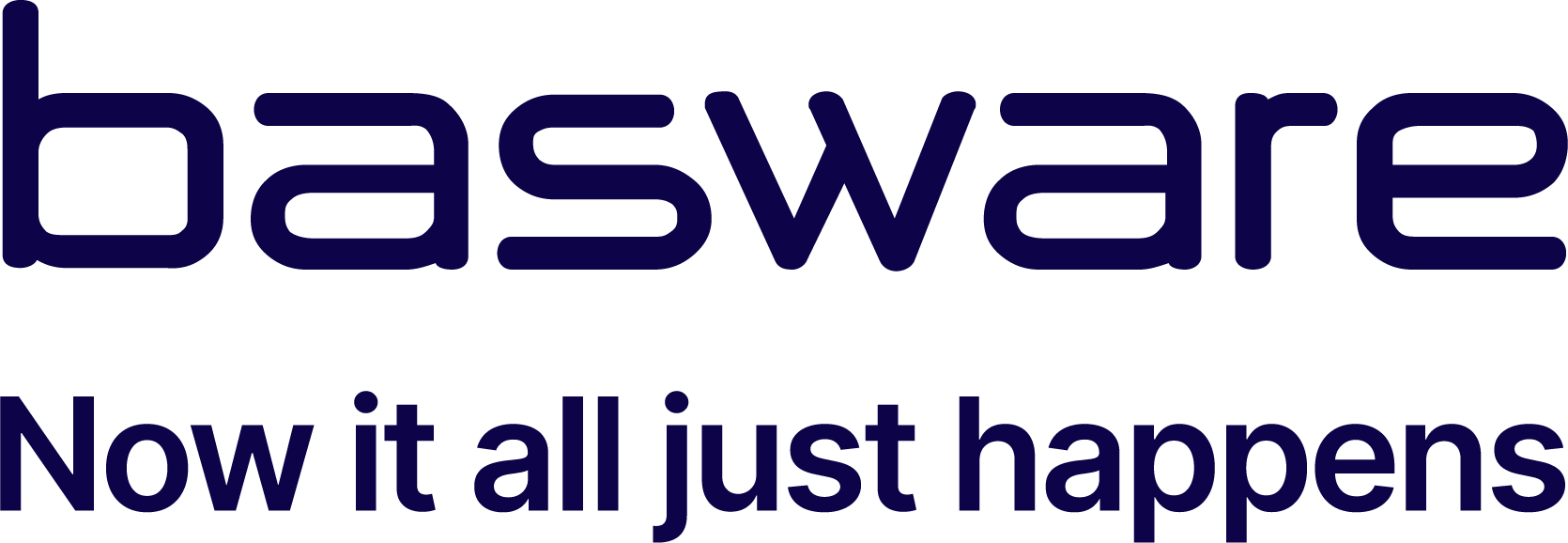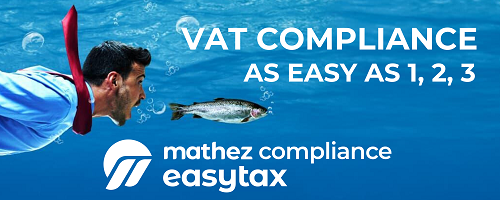- Significant changes in Kenya’s indirect tax area in the past 12 months include an increase in the VAT rate on petroleum products from 8% to 16% and the introduction of a new electronic tax invoice management system.
- The increase in VAT on petroleum products will lead to higher prices of goods and an overall increase in the cost of living.
- The electronic tax invoice management system is expected to enhance compliance and reduce revenue leakages.
- The zero-rating of exported services will attract global entities to set up a presence in Kenya.
- The annual increase in excise duty on excisable goods has resulted in higher prices and suppressed demand for these products.
- The implementation of the National Tax Policy in Kenya will lead to a more predictable and fair tax system, fostering economic growth and enhancing tax compliance.
- The implementation of a well-designed National Tax Policy will have a positive effect on businesses, making tax laws more predictable and fair.
- Legislative guidance on the taxation of internationally traded services is needed to reduce uncertainty and attract foreign investment.
- The tax authorities in Kenya are focused on improving revenue collection, increasing tax compliance, and using technology to simplify tax administration.
- A collaborative approach, including alternative dispute resolution, is preferred for resolving tax disputes.
Source: internationaltaxreview.com
Note that this post was (partially) written with the help of AI. It is always useful to review the original source material, and where needed to obtain (local) advice from a specialist.
Latest Posts in "Kenya"
- World Bank Urges Kenya to Raise Consumption Taxes to Clear Supplier Debts
- Kenya Implements New Import Compliance Obligations
- Kenya High Court Rules Payment Services as VAT-Exempt, Overturns Tribunal Decision
- KRA Reminds Operators to Renew Bonded Warehouse and MUB Licenses by December 2025
- KRA Reminds Transporters to Renew Transit Goods Vehicle Licenses by October 31















